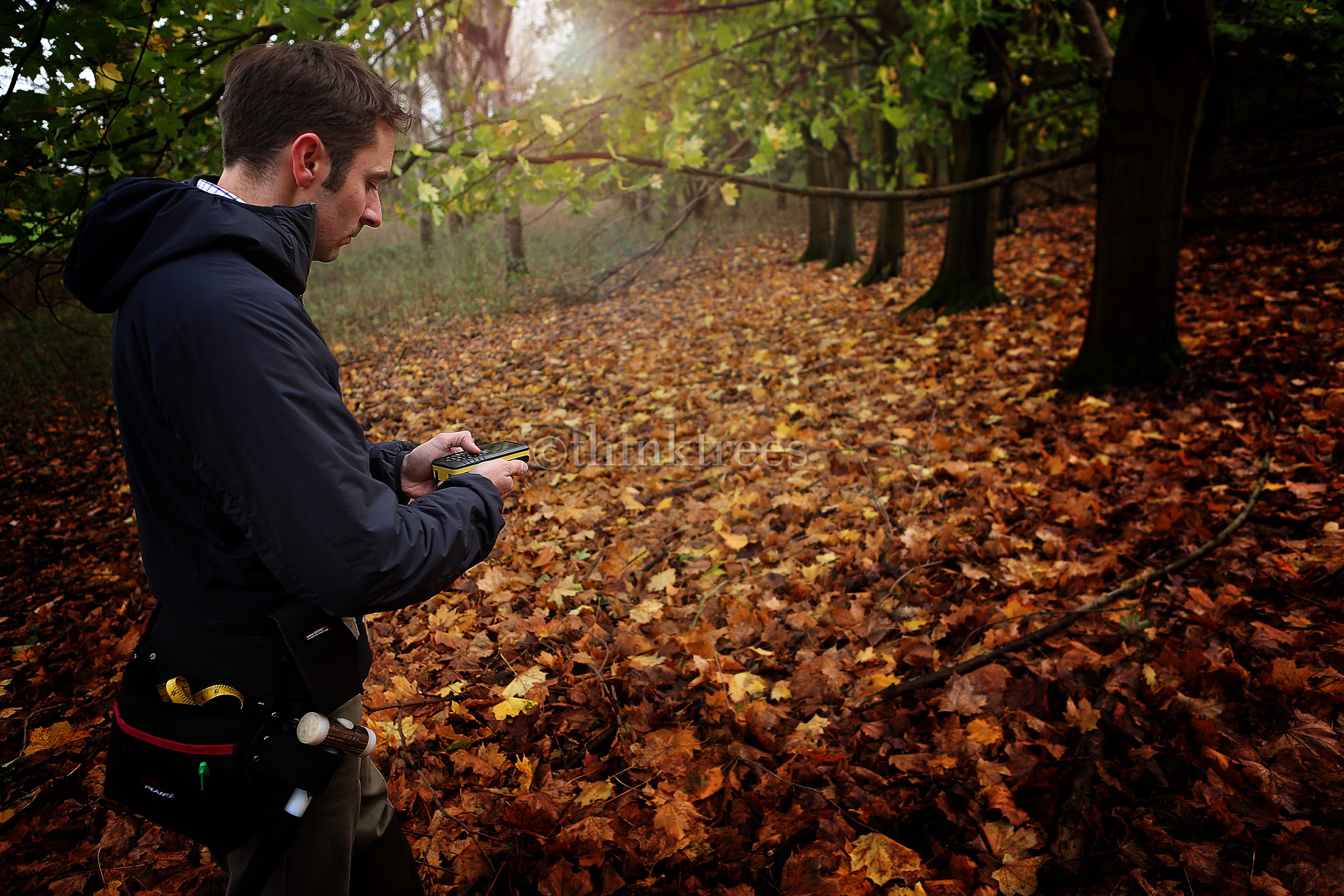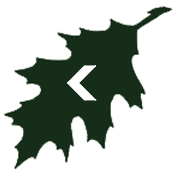Tree stability testing
Trees, as they age, naturally develop defects. Often these are of little significance in terms of tree safety. However, some defects, particularly those associated with the main trunk and structural roots, have the potential to cause a whole tree to fail. Although infrequent in the urban environment, it is the failure of a whole tree that has the potential to cause greatest damage and harm to people and property.


Working in conjunction with Treework Environmental Practice, we are able to offer static load testing to our clients. It is important to state that due to the time and resources required to conduct these tests, they are most appropriate for the assessment of large, mature trees with either high visual amenity and/or considerable historical, cultural or ecological value.


